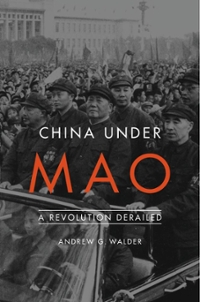See attached images.
3. Comparative advantage and gains from trade Consider two neighboring island countries called Euphoria and Arcadia. They each have 4 million labor hours available per month that they can use to produce jeans, corn, or a combination of both. The following table shows the amount of jeans or corn that can be produced using 1 hour of labor. Jeans Corn Country (Pair: per hour of labor) (Baskets per hour of labor) Euphorla 5 20 Arcadia 8 16 Initially, suppose Arcadia usa 1 million hours of labor per month to produce jeans and 3 million hours per month to produce corn, while Euphoria uses 3 million hours of labor per month to producejeans and 1 million hours per month to produce corn. Consequently, Euphoria produces 15 million pairs of jeans and 20 million bushels of corn, and Arcadia produces 8 million pairs of jeans and 48 million bushels of corn. Assume there are no other countries Iwilling to trade goods, so in the absence of trade between these two countries, each country consumes the amount of jeans and corn it produces. Euphoria's opportunity cost of producing 1 pair of jeans is V of corn, and Arcadia's opportunity cost of producing 1 pair of jeans is V of corn. Therefore, V has a comparative advantage in the production of jeans, and V has a comparative advantage in the production of corn. Suppose that each country completely specializes in the production of the good in which it has a comparative advantage, producing only that good. In this case, the country that produces jeans will produce \\:| million pairs per month, and the country that produces corn will produce |:| million bushels per month. In the following table, enter each country's production decision on the third row of the table (labeled "Production"). Euphoria Arcadia Jeans Corn Jeans Corn (Millions of pairs) (Millions of bushels) (Millions of pairs) (Millions of bushels) Without Trade Production 15 20 Co 48 Consumption 15 20 Co 48 With Trade Production Imports/ Exports Consumption Gains from Trade Increase in Consumption Suppose the country that produces jeans trades 18 million pairs of jeans to the other country in exchange for 54 million bushels of corn. In the previous table, use the dropdown menus across the row labeled "Imports/Exports" to select the amount of each good that each country imports and exports. Then enter each country's final consumption of each good on the line labeled "Consumption." When the two countries did not specialize, the total production of jeans was 23 million pairs per month, and the total production of corn was 68 million bushels per month. Because of specialization, the total production of jeans has increased by million pairs per month, and the total production of corn has increased by million bushels per month. Because the two countries produce more jeans and more corn under specialization, each country is able to gain from trade. Calculate the gains from trade-that is, the amount by which each country has increased its consumption of each good relative to the first row of the previous table. Enter this difference in the boxes across the last row (labeled "Increase in Consumption")








